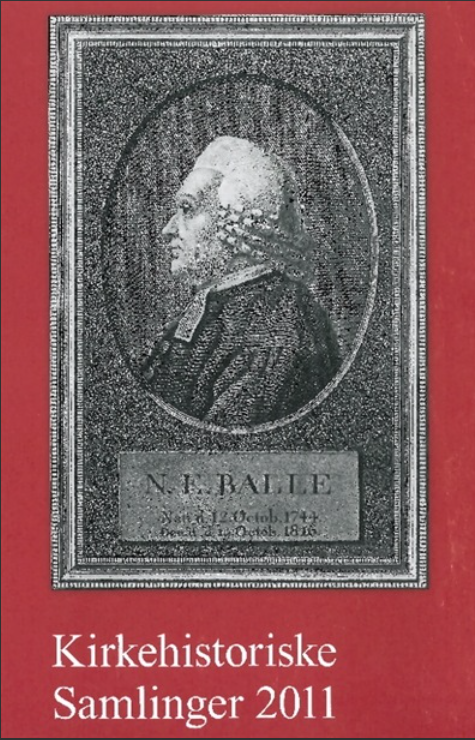Publiceret 25.02.2025
Citation/Eksport
Copyright (c) 2011 Tidsskriftet Kirkehistoriske Samlinger

Dette værk er under følgende licens Creative Commons Navngivelse – Ingen bearbejdelser (by-nd).
Resumé
Summary
Friar Jacob was the last Franciscan provincial in Denmark. After the reformation he went into exile in Germany, and later he sailed to present- day México, where he spent the rest of his life as a missionary to the Amerindians. For Danish scholars the existence of this friar was totally unknown until 1907, when an article about him saw the light. It was written by the Austrian born Father Steidl O.ss.R. Based on the information in Mexican sources that Jacob was of royal blood and that he called himself Gottorpius in some letters, written in Germany, Steidl assumed that he was an illegitimate son of Duke Frederik of Schleswig-Holstein (from 1523 king of Denmark). In the 1960s the historian Jørgen Nybo Rasmussen changed this assertion by making him son of Duke Frederik’s brother King John, who died in 1513. Furthermore, taking the other information in the Mexican chronicles for face value they both regarded him as one of the most brilliant missionaries ever seen in the New World, a fierce and passionate advocate of equal rights to the Indians.
In the present article I investigate the information about this Danish friar – in Denmark, Germany, Spain, and Mexico. At the same time I evaluate the assertions and assumptions, made by Steidl and Rasmussen. The results can be described as follows: Friar Jacob is not mentioned in any Danish source, written outside the Franciscan order. What he did in Denmark, how he argued with the Lutherans, how he came to Spain, etc., depend solely on the reliability of the chronicles, written in México twenty to hundred years after his death. Analysing these narratives it seems, however, that the authors knew very little about him and what they actually did know was interpreted within Old Testamentparameters. Taking the assertion of his royal descent as a starting point the chroniclers presented him as a chocolate box cover: the perfect mendicant in whom all religious virtues were gathered.
Totally without critique, Steidl and Rasmussen took over this idealization. Moreover, as many of the elements in their narratives is either pure invention or based on misinterpretation or a result of limited research, their beautiful construction collapses like a house of cards. Friar Jacob was just an ordinary Franciscan missionary – nothing more, nothing less.

